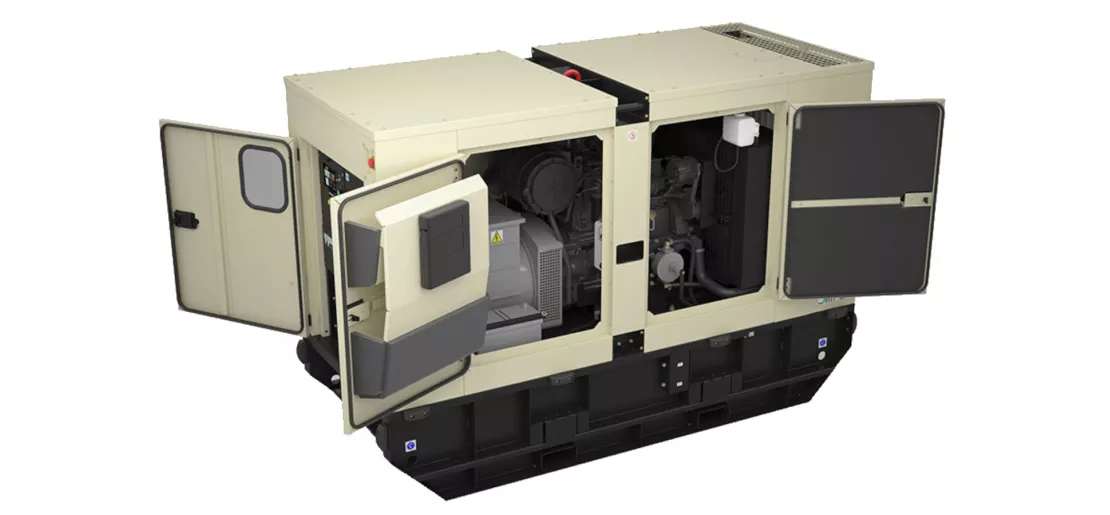
Generator Basic Inspection and Service
Like any other Equipment or Vehicle, proper maintenance of a Diesel Generator is a must in order to keep it performing at its highest levels and be ready to engage when needed on power cuts, which can be in some cases a matter of Life and Death especially when used as a Power back-up in vital facilities like Hospitals.
In this article, we are going to explain the different necessary steps to maintain a Generator, some of which are simple and do not require any professional intervention especially for Routine Inspections.
Routine Inspection
Starting with the classic step to a proper Maintenance, visually Inspecting the Gen-Set’s surroundings is necessary to identify any obstruction on the Intake or the Exhaust Manifold and any loose Electrical Cables whether inside the Electrical Box or outside of it.
Battery Cables need to be in good condition, tight and corrosion-free.
The Engine Compartment, the Fuel lines and the Radiator with its attached Hoses should be free from any kind of Coolant or Fuel or Oil leaks.
Water needs to be drained from the Fuel/Water Separator (if available)
Fan Belt must be in good condition and tightened as recommended by the manufacturer.
Air Filter needs to be in good condition and free from excess dust, any obstruction can be identified by using the Filter Indicator located in the Air Intake Hose.
These procedures can be performed before starting the Generator or at different intervals.
Fluid Levels Inspection
Depending on the Brand and Type of the Generator, generally there are 3 types of Fluids that need to be checked on a regular basis or preferably before each Start:
By using the Engine Dipstick, we can identify the Oil level which should between the Max and Min markings (ideally near the Max). In Case the Oil level is above the Max, there may be an excessive Oil consumption, oppositely, if the Oil is below the Min, there may be a low Engine lubrication which, over time, leads to serious failures.
Checking Oil level needs to be performed when the Engine is cold or 5-10 min after turning the Generator off.
Next, the Coolant Level has to be within the Max and Min Markings in the Reservoir and Full in the Radiator.
Opening the Radiator Cap to check the level should be performed when the Engine is cold in order to avoid contact with the pressurized hot Coolant.
Finally, depending on the type of the Battery, the fluid needs to be full in order to avoid any starting issues.
Periodic Service
The Periodic Service of a Generator consists of the below cited interventions which need to be performed every specific period of time that can be either fixed or adjusted as per the usage condition.
Depending on the Engine Brand, Engine Oil's first replacement needs to be carried out when reaching 50 hours then every 250-500 hours or 6 months – 1 year (whichever comes first) based on the manufacturer's recommendation and the Oil grade.
Fuel Filter/Water Separator needs to be replaced every 250 hours.
Air Filter needs to be replaced every 500 Hours or sooner based on the usage conditions. In case fitted, the Inner Filter (Safety Element) Should not be cleaned and needs to be replaced every 1000 hours.
Coolant must be replaced when reaching 2000 hours, Anti-freeze concentration is directly linked to the environment in which the Generator is operating and must be as per the manufacturer's recommendation.
Fan Belt may be replaced at 2000 hours or sooner depending on its condition, recommendation may vary from one manufacturer to another.
